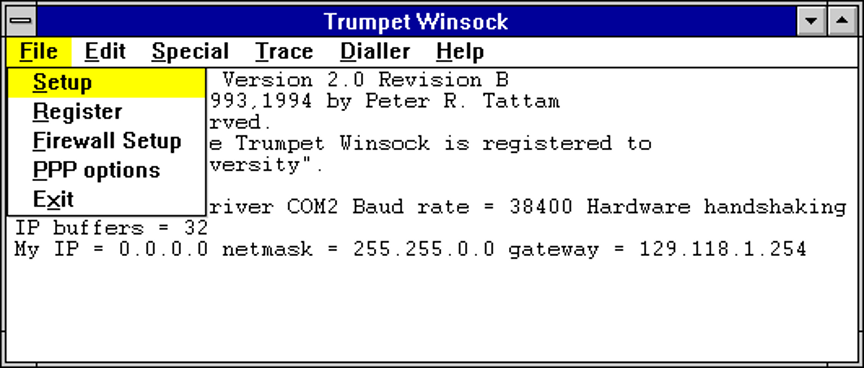IDG
The glory that was TapCIS for Compuserve
Today, being “online” is ubiquitous, and the cost is rapidly approaching zero. There is plenty of free Wi-Fi around and, if Elon Musk’s Starlink has anything to say about it, it won’t be long before it is worldwide. But in the early 1990s, “being online” meant using a 2400 BAUD modem to dial up to a Compuserve node and pay by the minute for a text-based interface to discussion forums and download servers.
Paying by the minute (and sometimes also paying a per-minute long-distance charge because you lived in a small town without a local access number) meant that you couldn’t leisurely browse the forums, reading on the way. It was a marvelous moment when I discovered TapCIS, an app that allowed you to automate your connection to Compuserve. It would dial up Compuserve, connect, download all of the new content from your favorite forums, upload posts you had previously written while offline, and do so in a matter of minutes, saving you a lot in online costs. It made Compuserve usable, fun, and worthwhile.
The thrill of using Trumpet WinSock at home
Compuserve soon got eclipsed. In 1993, I was a student at the Naval Postgraduate School, and, as both a military and academic institution, it was part of what was then the arcane and mysterious “Internet.” I had an email address on the nps.navy.mil domain, and started having online conversations on the Usenet newsgroups. Soon I discovered something called the “Netscape Navigator,” which gave me access to this strange new thing called the “World Wide Web.” Little did we know.
And the World Wide Web was a revelation. The Internet was a totally open system based on publicly available standards. No more paying by the minute. I could set up my own website using the early incarnation of HTML. I could find other websites using the index at yahoo.com, which, in its earliest incarnation, was a directory of websites manually maintained by two Stanford students who later became billionaires. You could send them your URL, a short description of your site, and they would add it to their index under “Personal Web Sites.” Quaint, I know.

IDG
But access to the Internet was limited to logging on to the Sun Sparc Workstations in the computer lab at school. So imagine the thrill of discovering Trumpet Winsock — a Windows application that let you connect your modem to the school’s IP-based network and thus the broader Internet. Match that up with Netscape Navigator for Windows and you could surf the web from the comfort of your own home! It was exhilarating.

